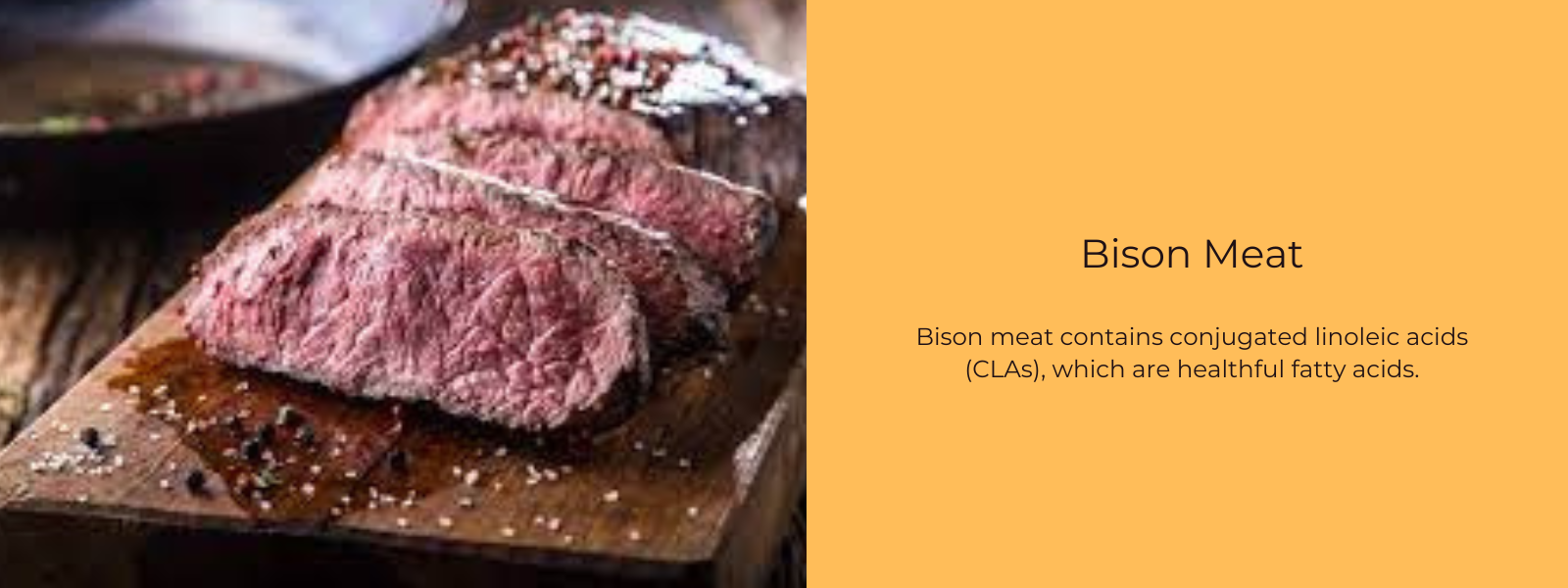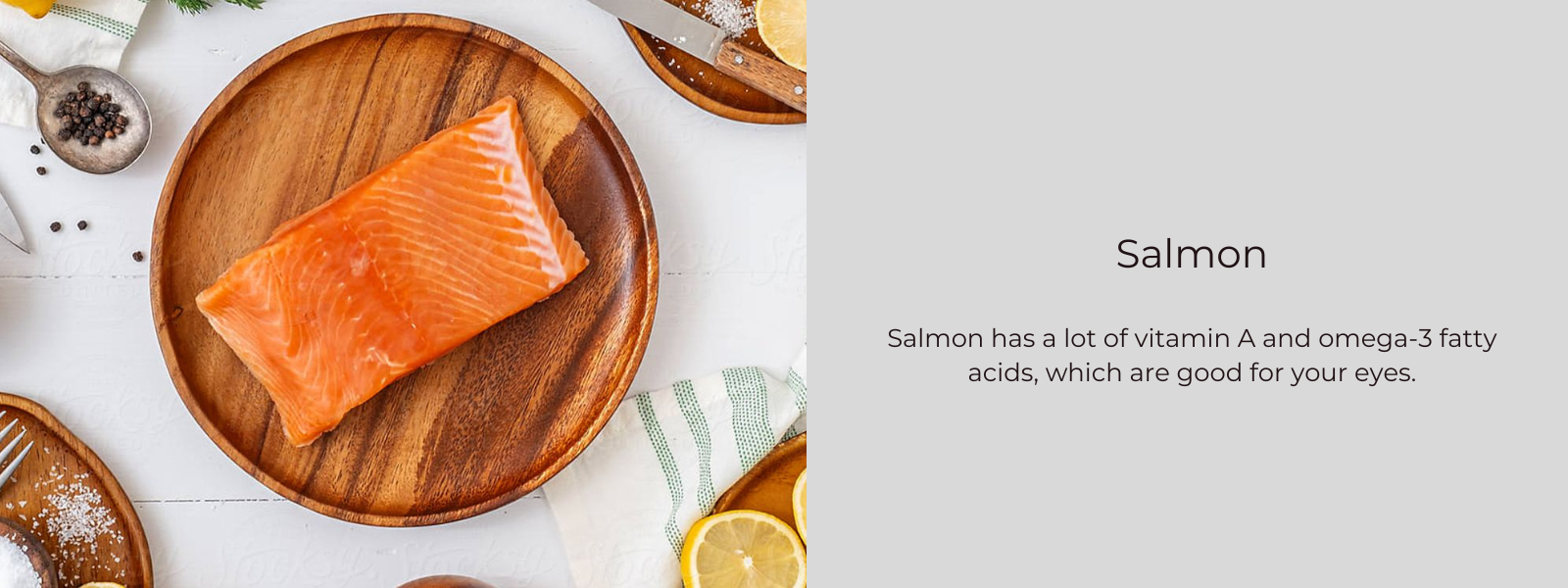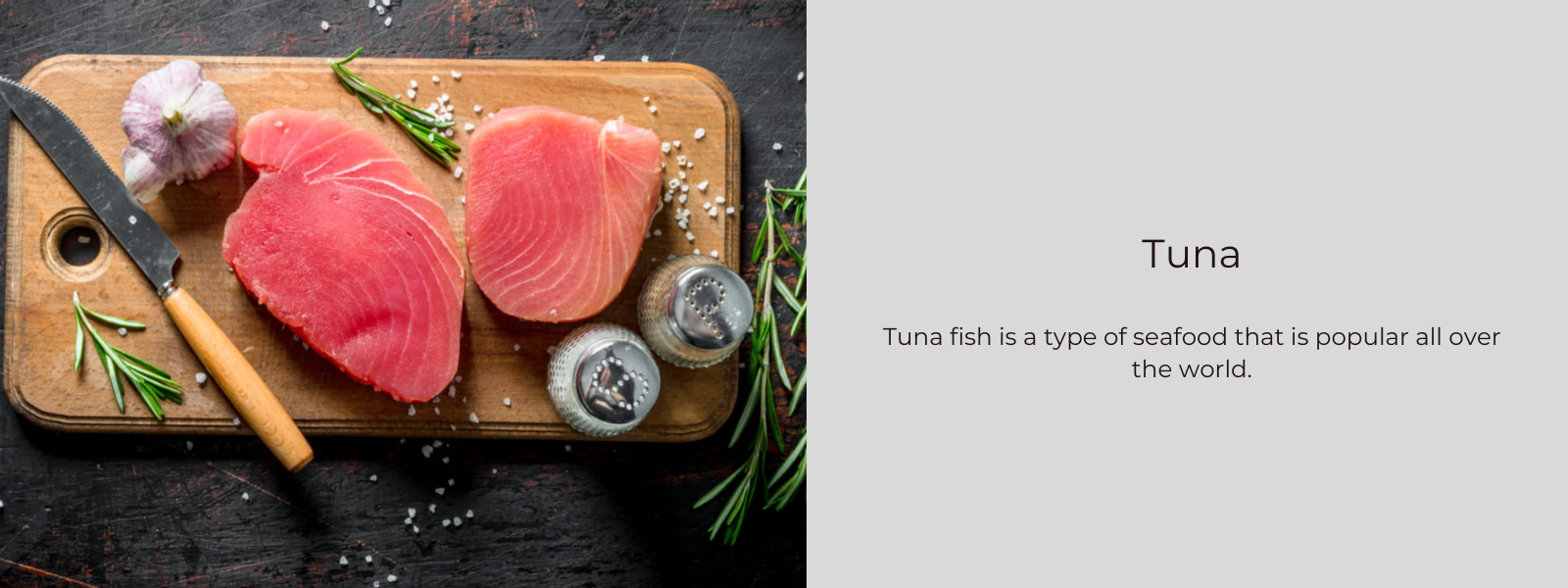The halibut is a marine predatory flatfish. It consists of a dark, or upper side, in which the irises are, and a white, or lower side. It swims horizontally with a flat body and the dark side pointing up. This species resides close to the ocean surface but sporadically approaches the surface.
As with many other varieties of fish, the meat of halibut is extremely nutrient-dense. Halibut has a moderate flavour and its flesh is white. When properly prepared and consumed, it can provide many advantages to the body.
Table of Contents
What is halibut?
The halibut is characterised by its eyes- both of its eyes are on the right side of its cranium. The side facing the top is dark green to brown-black, while the side facing the bottom is white. Halibut is capable of growing to be approximately 8 feet long and weigh more than 500 pounds. This type of fish can survive for as long as 55 years.
Nutrients in halibut:
The white flesh of halibut contains proteins, thiamine, carbohydrates, niacin, vitamin B12, iron, riboflavin, vitamin B6, calcium, phosphorus, selenium, magnesium, potassium, and omega-3 fatty acids. Small traces of copper, sodium, folic acid, and pantothenic acid are present.
Health benefits of halibut:
Halibut is an excellent source of trace elements and micronutrients, including selenium, phosphorus, and magnesium, as well as B6 (pyridoxine), vitamins B3 (niacin), and B12 (cyanocobalamin). Your body requires trace elements in minute quantities.
It contains protein of superior quality. Approximately 42 grams of protein are contained in a single serving of prepared halibut. Protein is essential for muscle development and regeneration, weight loss, appetite suppression, etc. Complete proteins are obtained from halibut consumption. In other words, they contain every vital amino acid that the body cannot produce on its own.
It contributes to cardiac health. Halibut meat contains heart-healthy nutrients, including selenium, niacin, magnesium, and omega-3 fatty acids.
Niacin (vitamin B3) promotes cardiac health and protects against the development of cardiovascular disease. This vitamin also protects your epidermis from the sun's damaging rays.
Phosphorus is essential for a healthy circulation, metabolism, and bone formation. In the human organism, it is the most abundant mineral. Magnesium is utilised to decrease blood pressure and facilitate muscle movement, as well as to form proteins and produce energy.
Selenium reduces the likelihood of cardiovascular disease, repairs damaged cells, and promotes thyroid health in the body. It is also known for its antioxidant and anti-inflammatory properties. Selenium's antioxidant properties assist alleviate oxidative stress and prevent the formation of lipid plaques on the arterial walls.
Anti-inflammatory properties are present. Consuming halibut can help the body combat inflammation. It contains niacin, selenium, and omega-3 fatty acids, all of which have anti-inflammatory properties. Fatty acids prevent inflammation by eliminating inflammatory molecules or substances, such as cytokines and eicosanoids. In adequate amounts, the nutrient selenium has been found to benefit the immune system.
Additionally, halibut yields caviar abundant in vitamins A and D. Vitamin A, also known as retinol, promotes eye wellness and is a potent antioxidant. Vitamin D is essential for bone development.
How to prepare halibut?
Due to its rigid texture and robust flecks, halibut is a resilient fish that can be prepared using a variety of heat sources. It can be grilled, baked, pan-seared, or fried.
Its mild flavour makes it a natural fit for fish tacos, stews, chowders, and fish and chips. For a simple appetiser, bake fillets at 400 degrees for 12 to 15 minutes with olive oil, and any herbs and seasonings you prefer. You can also add lemon juice, if you want.
Due to its low fat content, halibut can rapidly become dry. Some chefs recommend slightly undercooked fish for this reason. Nonetheless, seafood should always be cooked to an internal temp of 145 degrees Fahrenheit for optimal safety.
Side-effects of halibut:
Sometimes, consuming halibut can cause health problems. This is due to the low to average levels of mercury found in halibut meat.
While the mercury levels in halibut are not sufficient to render the fish unsafe to consume, excessive consumption may cause problems. The contaminants can accumulate in the body. However, the advantages of consuming fish outweigh the risks of eating meat that contains mercury. The mercury content of fish may not be harmful to adults, however it can affect the nervous system and brain development of infants and young children.
Most fish with elevated mercury levels are large, predatory species. This is due to the fact that consuming smaller fish that subsist on mercury-rich plankton can expose fish to mercury. The longer a species exists, the longer it is exposed to mercury in the water. Mercury is present in the natural environment, including water.











Leave a comment